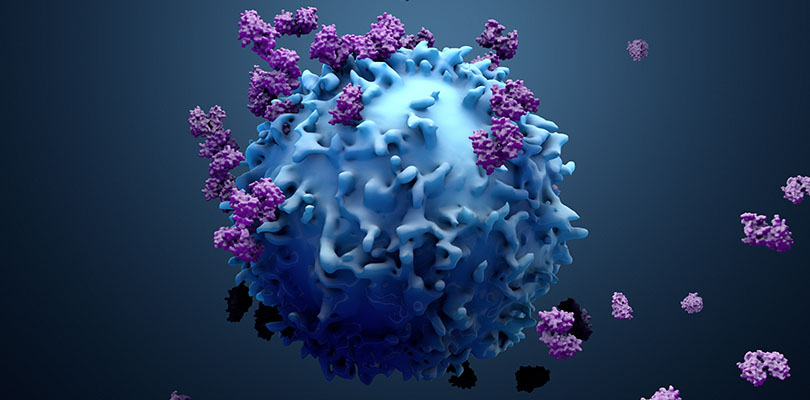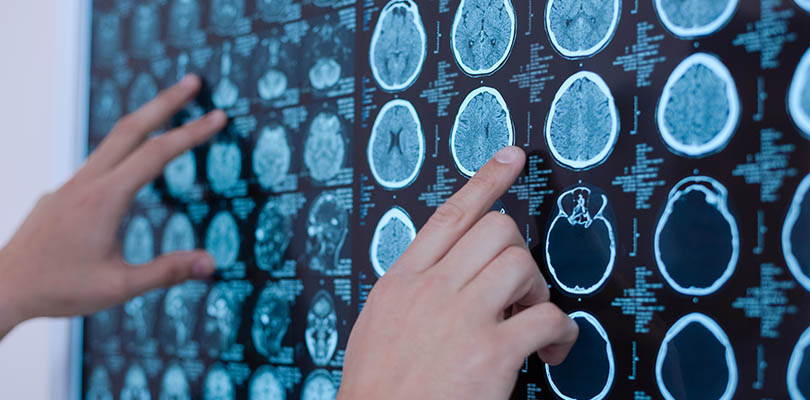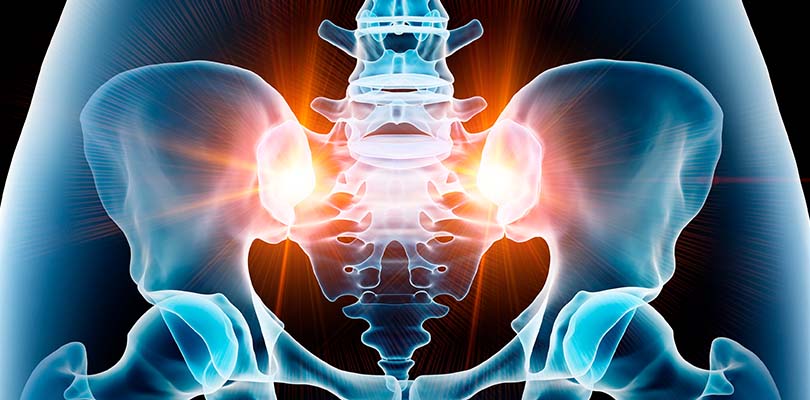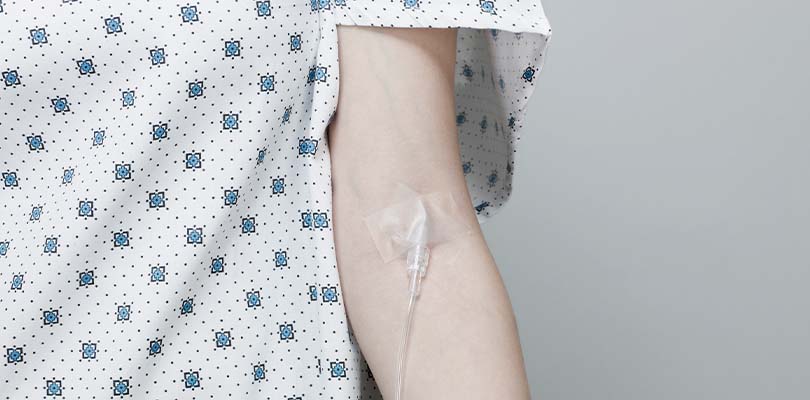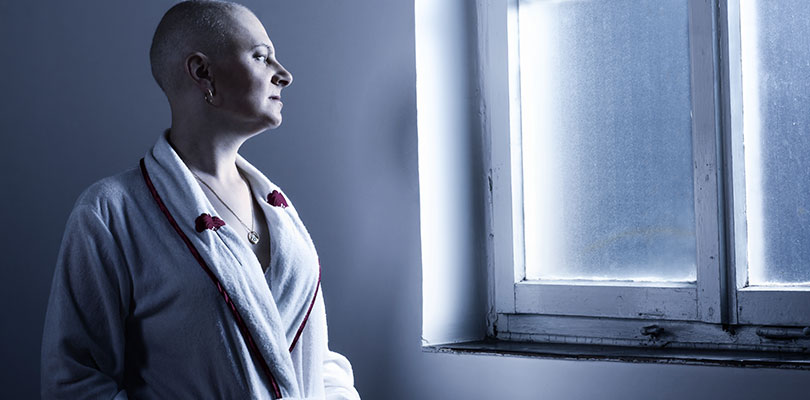Important Information on Cancerous Tumors
Over time, normal cells may become cancer cells, and these cancer cells may encourage the growth of a tumor. Tumors may be benign or malignant, and there are some important distinctions, especially when it comes to cancerous tumors.
What Is a Cancerous Tumor?
By biological design, normal cells die off after they grow old or become damaged and are replaced by new cells.
Cancerous tumors begin when the old or damaged cells don’t die off, but new cells continue to form. Over time, cells can mutate, and these abnormal cells may not die off when they should, or they keep multiplying. This abundance of extra cells gradually forms lumps of tissue mass in the body, and these tumors vary in type and size.
Cancerous tumors are malignant, which is another way of saying they can invade surrounding tissues.
Causes of Cancerous Tumors
Cancerous tumors can start anywhere in the body. Their location usually suggests its shape and how the tumor will grow. But why do these tumors appear in the first place? The cause can be as simple as DNA.
There are three main types of genes which contribute to cancer:
- Proto-oncogenes: these genes are involved in regular cell growth and division. If these genes become abnormal or hyperactive, they may become cancer-causing genes (oncogenes). Oncogenes let cells grow and continue to live when they should die off.
- Tumor-suppressor genes: these genes are also involved in cell growth and division. Specific abnormalities in these genes may cause cells to divide uncontrollably and may eventually become a tumor.
- DNA repair genes: it’s no surprise that the job of these genes is to fix damaged DNA. Mutations in these genes can cause additional mutations in the DNA they are supposed to repair. A combination of damaged DNA repair genes and improper DNA maintenance by these genes cause the cells to become cancerous.
Many gene mutations you are not born with, but you acquire throughout life. External forces can also cause gene mutations such as smoking (including second-hand smoke), carcinogens, radiation (such as UV radiation), viruses, hormones, chronic inflammation, and obesity.
Symptoms
Symptoms will depend on the location of the tumor and whether the tumor has invaded nearby tissues that affect other body functions. Symptoms that may appear in tandem with a cancerous tumor are:
- A lump, or thickening of an area, that can be felt under the skin
- Fatigue
- Unintended weight changes
- Changes in bowel or bladder function
- Discomfort or issues after eating
- Issues breathing
- Persistent cough
- Unexplained joint or muscle pain
- Unexplained fever or night sweats
- Unexplained bleeding or bruising
Benign Versus Malignant Tumors
Tumors can be benign or malignant. When your doctor can diagnose which kind of tumor you have, they will be able to prescribe the proper treatment. There are a few significant differences between benign and malignant tumors.
Benign Tumors
Cells in benign tumors are similar to normal cells, which means that these tumors may grow rather slowly, and they usually have a covering made up of normal cells and are contained within a fibrous connective tissue. These types of tumors typically have a smooth and regular shape.
Benign tumors do not spread into healthy tissues, but they can grow to large sizes and cause the surrounding area to have to accommodate the growth. When benign tumors are removed, they seldom grow back, making tumor removal an effective treatment.
Tumors can either be cancerous (malignant) or noncancerous (benign). Learn about the differences and more information on benign vs. malignant tumors.
Malignant Tumors
Cancerous tumors are the malignant type of tumor. Malignant tumors grow at a faster pace than benign tumors and cause damage to the surrounding tissues. Cancerous tumors have abnormal cells that divide uncontrollably to form the mass.
This type of tumor may metastasize to other parts of the body. Cancer cells can break off the tumors and travel through the blood or lymph system to form secondary tumors in other areas.
When malignant tumors are surgically removed, there is the possibility that they can grow back, so be aware if any lumps come back after removal.
Tumor Grade System
If a tumor is suspected to be malignant, a doctor will attempt to remove all of it during a biopsy and examine the tissue to see if it’s benign or malignant.
A grading system is used to classify a tumor based on how abnormal the tumor cells look under a microscope. Tumors are classified by the type of cancer, based on their appearance under a microscope and pattern of growth.
The purpose of the classification is to indicate how quickly the tumor is expected to grow and spread. And it includes histologic and nuclear grade. There are five grades:
- GX: The grade cannot be assessed (undetermined grade)
- G1: Well defined cells (low grade where the cells appear close to normal)
- G2: Moderately differentiated cells (medium/intermediate grade)
- G3: Poorly differentiated cells (high grade where the cells do not look normal and spread quickly)
- G4: Undifferentiated (highest grade)
Treatment for Cancerous Tumors
Diagnosis and treatment are based on the type, size, stage, and location of the tumor. Some patients only use one treatment, but many patients will use a combination of treatments. Benign tumors often don’t need treatment but may require medical intervention to reduce the size of the tumor, sometimes through surgery.
Cancerous tumors are usually treated with one of three methods (each with their own side effects):
- Chemotherapy: This treatment uses drugs to kill cancer cells. It is a recommended and effective treatment against cancer.
- Radiation Therapy: This cancer treatment uses high doses of radiation to kill the cancer cells and reduce the size of tumors. There are different types of radiation available.
- Surgery: The surgeon does a procedure to remove the cancer from the body.
Catching a cancerous tumor early is the best line of defense. To give yourself the best chance of locating a cancerous tumor before it spreads, make sure you’re screening yourself for lumps. There are plenty of online resources to check yourself at home, or you can make an appointment with your doctor to give you an examination.
By switching to a healthier lifestyle and avoiding carcinogens (and other external forces that cause tumors), we can give ourselves a better chance at preventing a cancerous tumor from appearing.
